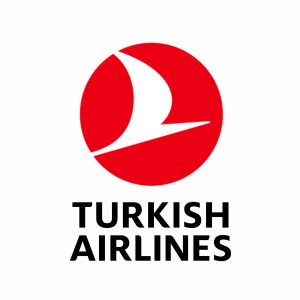PROJECT MANAGEMENT
Making Ideas Happen
Our Work Process
Something Extraordinary Together
Meet & Agree
Understanding needs, confirming project alignment.
Ideas & Concept
Innovative concept development for stand solutions.
Design & Create
Custom trade show stand design and creation process.
Build & Install
Efficient stand construction and installation service.
DESIGN STUDIO
Inspired by Great Designs
WITH NUMBERS
Sustainable Step Ahead Partnership
Happy Client
Succesful Projects
Global Destination
REFERENCES
Happy Clients
Blog

































































